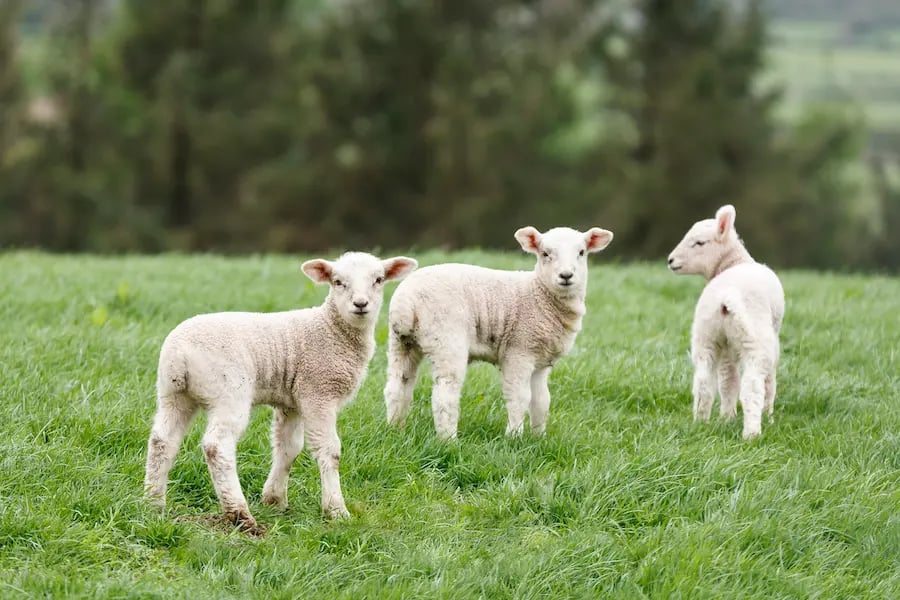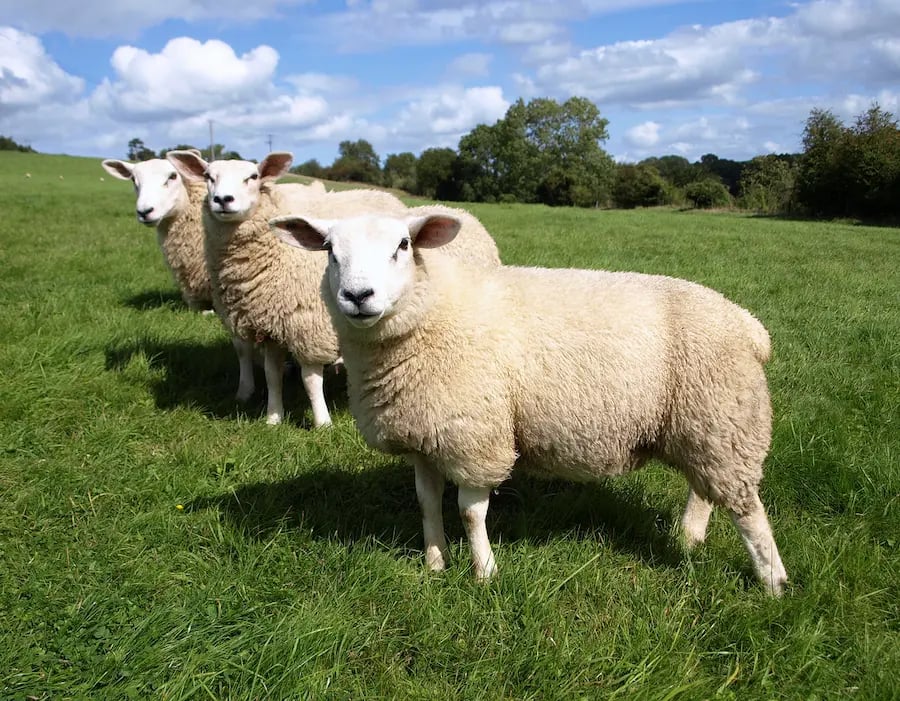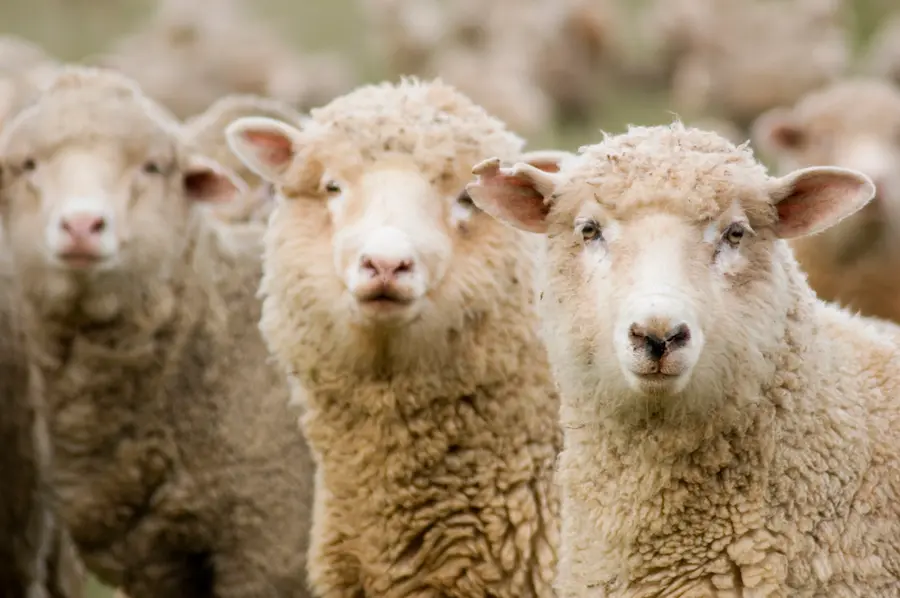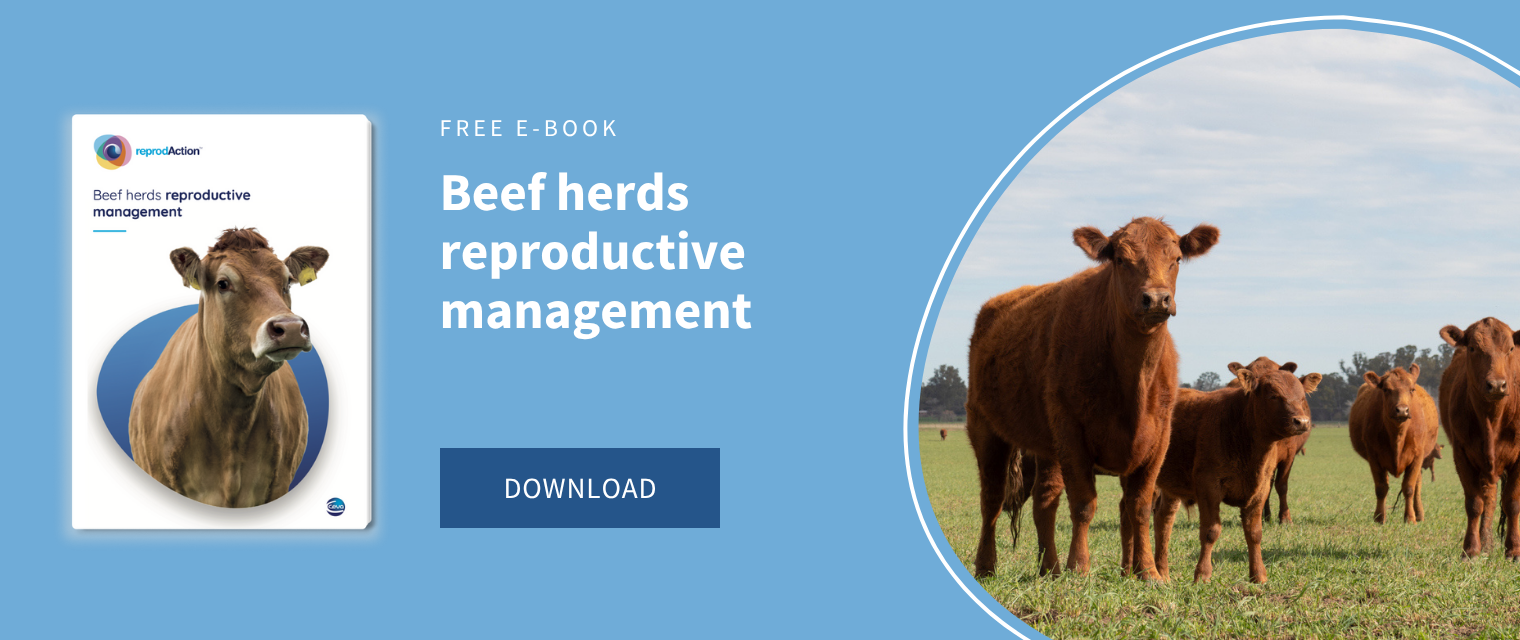Melatonin is a ubiquitous molecule and is widely distributed in nature, with functional activity occurring from unicellular organisms, plants, fungi, and animals. In most vertebrates, including humans, melatonin is synthesized primarily in the pineal gland and is regulated by the environmental light / dark cycle.
Prefer to listen to this article? Click the play button below and enjoy our podcast!
The pinealocytes, (the cells of the pituitary gland) function as ‘neuroendocrine transducers’. They acquire the information regarding light and darkness status through the eye retina and trough a multistep pathway starts to secrete melatonin during the dark phase of the light / dark cycle and, consequently, melatonin is often called the ‘hormone of darkness’.
Melatonin is centrally involved in sleep regulation, as well as in a number of other cyclical bodily activities (Pandi-Perumal et-al 2006).
One of the peculiarities of sheep reproduction is their marked seasonality. The light variations during the year (photoperiod) are what regulates small ruminants’ sexual activity: reproductive inactivity in spring and summer (when more hours of daylight are present, less secretion of melatonin) and reproductive activity in autumn and winter (fewer hours of light, greater secretion of melatonin).
The physiological objective of seasonality is for mating to occur in autumn and early winter; therefore, ewes will give birth in spring and summer when temperature conditions and pasture availability are the most favorable.
The use of melatonin to control sheep reproduction
The principle of administering exogenous melatonin is based on making the sheep bodies to “believe” that the days are getting shorter. Therefore, they will begin their sexual activity at a timing which is more interesting for farmers.
As sheep are seasonal breeders, rams’ reproductive performances are also influenced by the circadian rhythm: rams exposure to exogenous melatonin have shown increased testosterone production, enlargement of scrotal circumferences, improvement of sperm quality and libido.
In the first attempts to control reproductive seasonality in ewes, melatonin has been either added to food or injected after dissolution in oil. These strategies have been showing some efficiency but have carried some strong difficulties in their implementation.
The use of subcutaneous implants of exogenous melatonin has represented an important change in the control of the reproductive cyclicity of sheep flocks.

Melatonin implant, is normally applied at the base of the ear, in both females and males. As melatonin is constantly released, the sheep interprets it as a photoperiod with short days (negative photoperiod) and the reproductive cyclicity is promoted, stimulating estrus and ovulation. The main beneficial characteristic of exogenous melatonin administration is that it does not have any negative feedback on endogenous release of melatonin during nocturnal hours, for this reason is a very effective strategy.
However, melatonin does not take effect immediately; it takes at least 35 days for the sheep body to perceive the modification of the photoperiod. The timing of implant placement is key: in males they are placed on the day of separation from the females. For a successful exploitation of the ram effect, males should be physically separated from the females which should be also isolated from the odor and sound of the rams.
A week later, the females are implanted. After 7 weeks, the males are suddenly reintroduced for as long as is considered appropriate to allow natural mating. Two peaks of mating are induced, one 18 days after rams introduction and the second one 22 to 24 days after rams introduction the peak of lambing will occur 7 months after the placement of the implants.
Protocol for using melatonin implants in sheep
Melatonin treatment has been found to have good results when implants are placed around the spring equinox in most breeds. It can also be placed on the winter solstice, with good results in terms of fertility, fecundity, and prolificacy. Currently there are various protocols, most of which concentrate the placement of implants in the first half of the year (in the Northern hemisphere).
Benefits of using melatonin in sheep production
It allows increasing the productivity of farms: The use of implants improves fertility, prolificacy, and fecundity in implanted ewes, increasing the number of lambs born alive and therefore the sale of lambs.
Facilitates management on the farm and reduces the need of estrus synchronization. The use of melatonin facilitates herd management. A single manipulation is sufficient: no need to remove the implants any time after application.

It is no longer necessary to carry out controlled/hand mating or increase the number of males in the flock as needed when synchronizing (when using synchronization, a ram to ewes ration of 1:5 is needed to ensure good performances, since all the ewes will ovulate in a narrow window of time of around 36-48 hours). When using melatonin and ram effect for out of breeding season mating, a ram:ewes ratio of 1:20 is sufficient (Abecia et al., 2013).
As lambing is happening in a less concentrated way, this ensures that the lambing pen is better managed, allows the work to be rationalized and all births to be attended correctly.
Combining the positive effects mentioned above on ewes and rams: thanks to melatonin implants it is possible to establish pregnancies in spring and have lambs in autumn.
An extensive meta-analysis has been published evaluating 38’000 ewes over 105 studies carried out in Spain, which have shown an overall increase in fertility of 29% (number of pregnant ewes pregnant out of the one bred or exposed to rams) and an increase in fecundity (number of born lambs out of 100 ewes) of 25% (Palacín et al. 2011).
In dairy sheep, the treatment with melatonin allows for a greater number of lactations and greater milk production.
Conclusions
The use of melatonin in ewes and rams is ultimately a valuable tool to improve out of season breeding. Allowing farmers to maximize efficiency and profitability of their flocks by increasing the overall number of lambs born and enables the sales of lambs in the most profitable periods of the year.
References
Abecia, José A., Fernando Forcada, and Antonio González-Bulnes. "Pharmaceutical control of reproduction in sheep and goats." Veterinary Clinics: Food Animal Practice 27.1 (2011): 67-79.
Palacín, Inmaculada, F. Forcada, and J. A. Abecia. "Meta-analysis of the efficacy of melatonin implants for improving reproductive performance in sheep." Spanish Journal of Agricultural Research 9.3 (2011): 730-743.
Pandi‐Perumal, Seithikurippu Ratnas, et al. "Melatonin: Nature's most versatile biological signal?." The FEBS journal 273.13 (2006): 2813-2838.
About the author
Federico Randi (Ruminants Global Technical Manager)
Federico Randi is Global Technical Manager for Ruminants at Ceva Animal Health, specializing in cattle reproduction. With a Doctor of Veterinary Medicine degree “cum laude” from the University of Bologna, he focused his career on improving efficiency and sustainability of farmed animals. Randi conducts research on ruminants fertility, using technologies like Timed AI, embryo transfer, and recombinant technologies. His extensive experience includes collaborative projects with over 20 research institutions globally. He earned his PhD at University College Dublin, concentrating on fixed-time artificial insemination and embryonic maternal communication in cattle. Currently, he serves as a Board Member in the Scientific Commission of Animal Physiology for the European Federation of Animal Science (EAAP) as an Industry Representative.




Leave your comments here